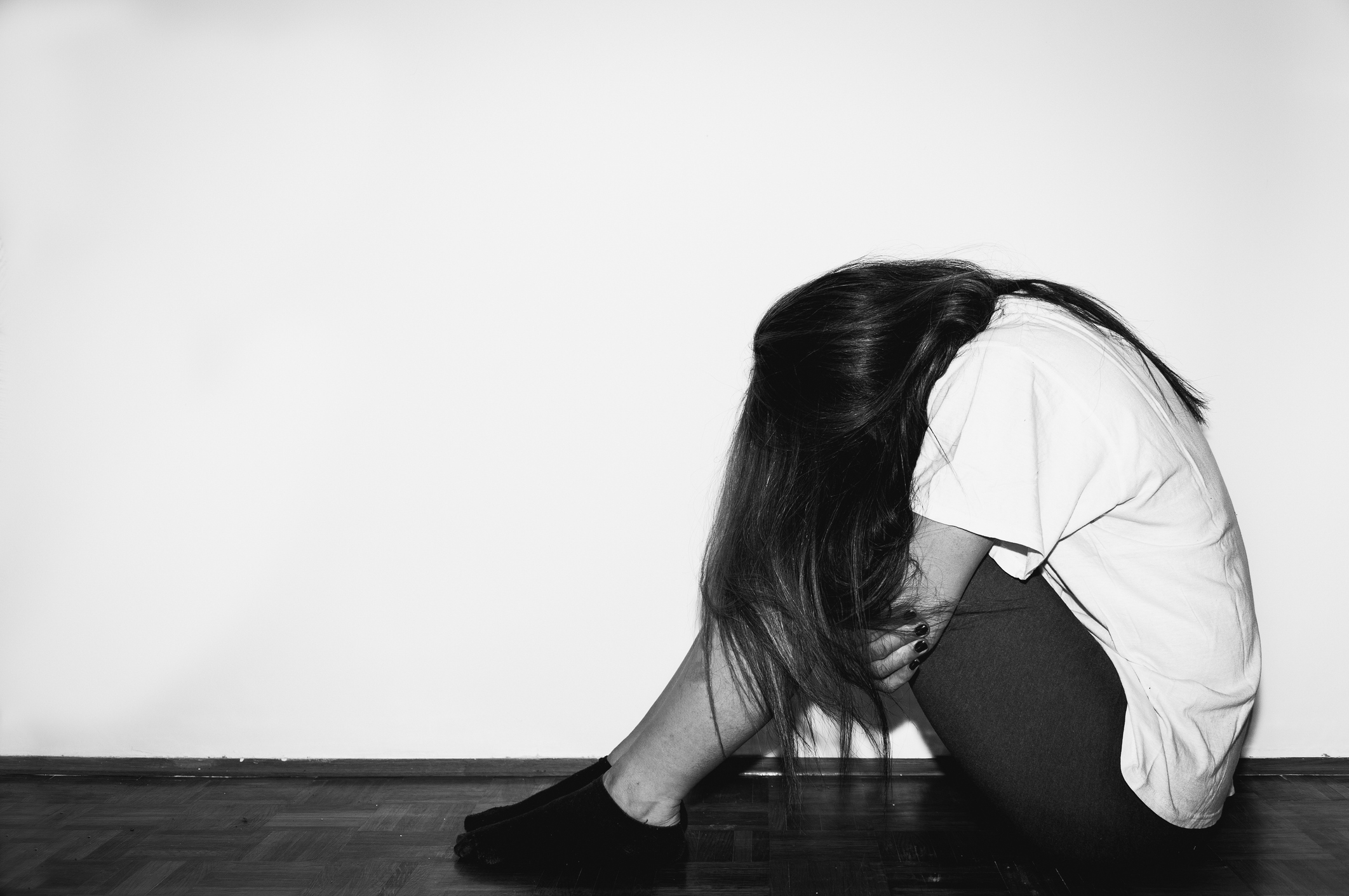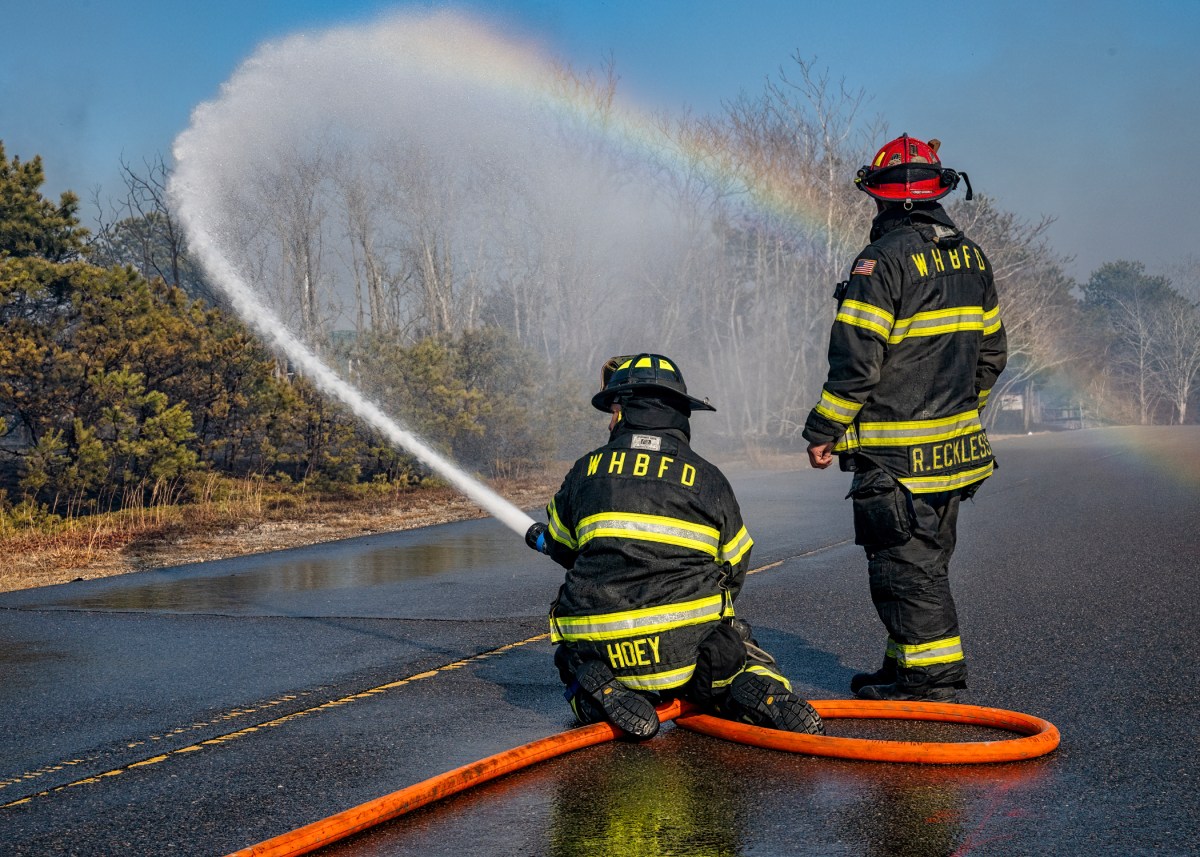Ask Beatty: Childhood Suicide Is on the Rise. What to Do?

Dr. Andrew Solomon’s article “The Mystifying Rise of Child Suicide” in the April 11 edition of the New Yorker magazine will hopefully be a wake-up call for parents, schools, pediatricians and mental health professionals. The article points out that between 1950 and 1988, the proportion of adolescents 15–19 who killed themselves dramatically quadrupled. Between 2007 and 2017, the number of children ages 10–14 who did so more than doubled. In 2020, according to the nation’s Center for Disease Control and Prevention, suicide claimed the lives of more than 500 children between ages 10–14 and 6,000 young adults between ages 15–21. This makes it as common a cause of death as those who lose their lives in car crashes.
The CDC also found that during the first seven months of the COVID lockdown, U.S. hospitals experienced a 24% increase in mental health related emergency visits of children ages 5–11 and a 31% increase for those ages 12–17. Even though we know that the sooner depressed or suicidal children receive treatment, the more likely they are to recover, children remain radically under treated. Research shows that only 1 out of 5 American adolescents who end up in a hospital after attempting suicide is transferred to a mental-health facility for further, needed treatment. Even more shockingly, according to the National Institute of Mental Health, almost two-thirds of the 3 million American adolescents who experienced major depression in 2020 received no treatment at all.
CASE HISTORY
Last summer, I received a call from an East Hampton woman requesting marital therapy. I didn’t know at the time that I would become the overseer and advocate for her step-daughter Shana, who battled not only severe psychiatric problems, but also a mental health and legal system that continued to fail her over and over again.
Shana was born in Connecticut to a single mother. It wasn’t until she was 2 years old that her biological father was informed that he had a daughter. Shana’s mother was an alcoholic and a drug abuser who emotionally, verbally, physically and sexually abused Shana for the first 13 years of her life. After years of court battles, her biological father and step-mother were finally able to obtain physical custody of Shana when she was 14. However, her biological mother still had limited legal rights, even though she was not permitted to contact her directly. She nonetheless was allowed to speak with the school and with any mental health professionals that Shana saw. Her continued involvement in her daughter’s life caused Shana enormous stress and constant worry, which contributed to her multiple attempts at suicide over the years.
Although Child Protection Services and a number of child advocates and therapists were involved in Shana’s case, the mother consistently denied all allegations. It became a she said, she said scenario. As a result, the family court was unable to terminate all of the mother’s rights. I believe that if the experts had been willing to take the necessary time to really get to know the case and Shana, it would have been very clear that her allegations of abuse were in fact painfully true, thereby allowing the court to permanently terminate the biological mother’s parental rights. The system failed Shana in unspeakable ways.
UPDATE
Shana was recently discharged from a psychiatric hospital after a recent suicide attempt. I was very concerned that her two-week stay was not sufficient to deal with the severity of her condition. In speaking with the hospital, they told me that their program was short-term and that insurance would only pay for a specified amount of time. The family had been waiting for over three months for Shana to be seen by an outpatient psychiatrist prior to her suicide attempt. They’re still waiting for that appointment. In the interim, Shana has recently begun individual therapy with two new therapists. Hopefully this time, Shana will receive the help that she needs and deserves and the stability that she yearns for.
WHY ARE MORE CHILDREN IN CRISIS?
Many experts believe that online bullying, social isolation and an increased use of social media starting at a young age are contributing factors to children’s depression, suicidal thoughts, gestures and suicide. More children are getting their first cellphone in elementary school and then stay up late checking to see who, if anyone, is wanting to connect with them. Family strife, financial adversity and lack of mental health resources are also significantly associated with suicide.
RECOGNIZING SIGNS OF DISTRESS IN OUR CHILDREN
Depression and self-harm do not necessarily look the same in young children as they do in teens and adults. If you as a parent or teacher have concerns that are troubling you about your child’s mood or behavior, don’t hesitate to contact a mental health professional to ensure that your child is not at risk. It’s always better to err on the side of caution.
*The names and identifying information have been changed to protect the confidentiality and anonymity of Shana and her family. Shana’s father and step-mother are still trying to have the biological mother’s rights terminated. The legal battle continues.
Beatty Cohan, MSW, LCSW, AASECT is a nationally recognized psychotherapist, sex therapist, author of For Better for Worse Forever: Discover the Path to Lasting Love, national speaker, national radio and television expert guest and host of the weekly Ask Beatty Show on the Progressive Radio Network. She has a private practice in NYC and East Hampton.
Beatty would love to hear from you. You can send your questions and comments to her at BeattyCohan.msw@gmail.com. For more information, go to BeattyCohan.com.



